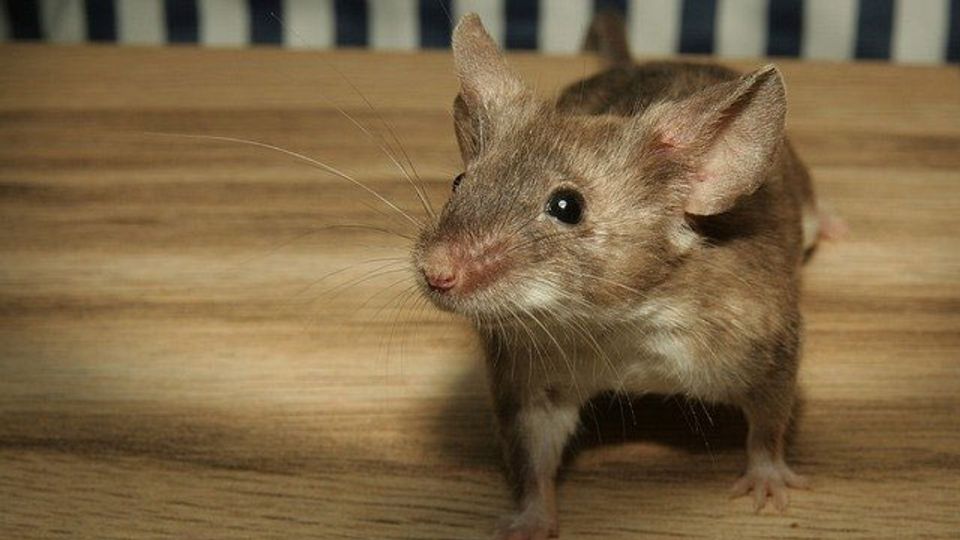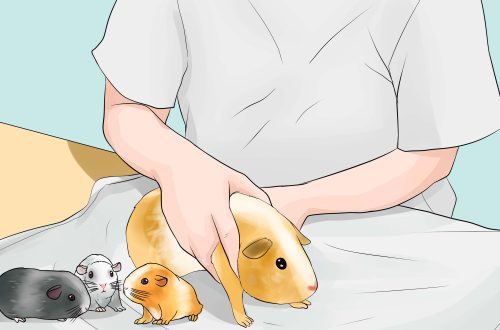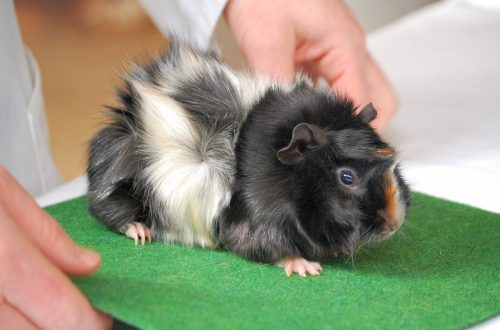
Love or War? How mice choose behavioral strategies
The behavior of mice has become a little clearer, thanks to a new study.
Mice get to know other pets just like dogs do. Having sniffed the stranger, the male decides whether to mate with her, fight or go on about his business. And this is a complex process.
When meeting another mouse, the male brain answers two questions:Who is this?” and “What am I to do with this creature?“. To do this, the mouse brain deciphers the sex of the other animal and converts that information into a plan of action. Exactly how, Bin Yang, Tomomi Karigo, and their team, PhDs from the Department of Bioengineering at the California Institute of Technology, found out.
The results of the new study explain how the brains of mice convert the neural representation of an object’s identity into a decision about how to behave with it. Information about the other mouse travels from the olfactory system to the brain. And along the way it meets several checkpoints:
The amygdala in the mouse brain. Here the gender of the other mouse is deciphered.
Two nodes in the hypothalamus control mating or aggressive behavior.
The bed nucleus of the stria terminalis (BNST) is a mysterious knot between the amygdala and the hypothalamus. This is a kind of “gate” in the brain that controls what will happen after the acquaintance of mice: attack or mating.
There are two types of neurons in BNST mice: one responds to females. Others are predominantly males. This node is also associated with other signaling cells in the mouse brain. If you artificially influence the neurons in these nodes, then you can provoke the mouse to aggression or mating, or vice versa – block this behavior.
Perhaps the results of this discovery in the future will be useful for research on the human brain.





